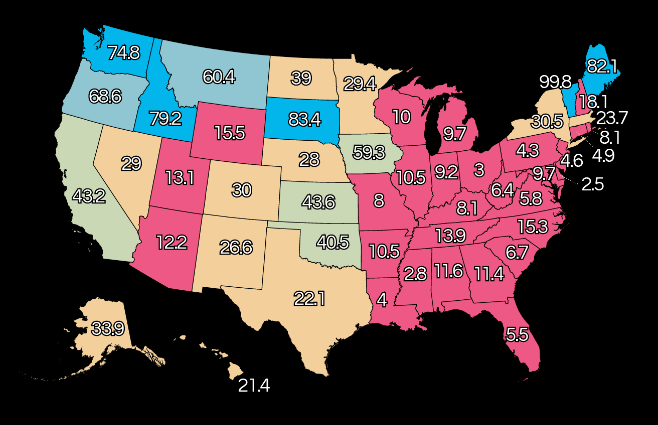The data visualization and infographic site Information is Beautiful published an enlightening visualization on the use of renewable energy across the globe. Renewable energy is defined as any energy collected from naturally replenished resources. However, renewable does not necessarily mean sustainable. Many sources of renewable energy are criticized for the resources they consume and the waste they produce, such as biomass, which emits pollution and requires vast amounts of water and land. Other sources of renewable energy include hydropower, a source that has been maximized across the United States with no real new opportunities for expansion. There is also solar power, wind, and geothermal energy.
The vast majority of Washington state’s renewable energy consists of hydropower. The percent of energy that is renewable in Washington is 74.8%, but when hydropower is removed, this percent is reduced to 8.7%. Thus, hydropower consists of 88.4% of Washington’s renewable energy. This is one of the highest shares of hydropower of all the states, beat only by Alaska (90.0% hydropower), Kentucky (90.1% hydropower), and Tennessee (89.2% hydropower). Because of Washington’s reliance on hydropower, Washington also has one of the higher percentages of renewable energy sources in the United States. The state with the largest share of renewable energy use is Vermont, at an impressive 99.8%. The state with the lowest is Ohio, at 3%.
Overall, 20.9% of the United States electricity is generated by renewable energy. Outside of the United States, a substantial number of countries rely greatly on renewable energy. In fact, eight countries have 100% of their electricity generated by renewable sources. These countries are spread throughout the world, from South America, Europe, to Africa. Overall, the regions with the least use of renewable energy are in Northern Africa, the Middle East, and Eastern Europe.

